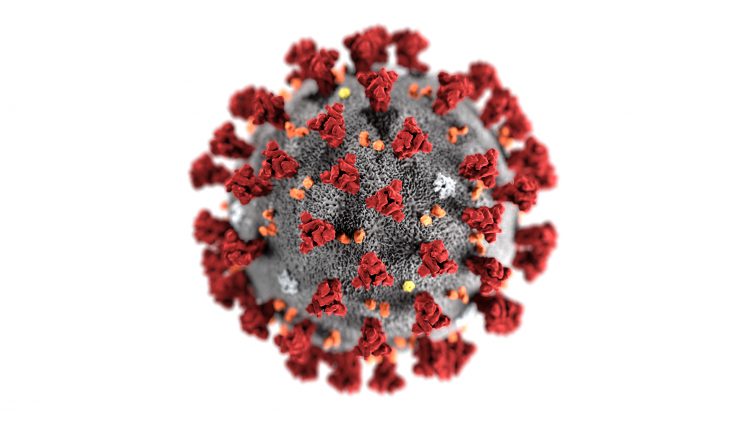A Time When Spo2 Has Become the Most Vital Parameter
I remember when in MBBS, the physician used to ask during clinical postings “So, which are the vital signs?” and someone from the group would shout “Sir, BP, pulse rate, respiratory rate and temperature”. Then the next obvious question “What has he missed?” and again someone “Sir, oxygen saturation”.
But times have changed now and the vital sign which used to come last is now the most important one. Yes, pulse oximetry and ABGs are now an indispensable part of our clinical examination in this COVID era.
I read this in the news and I still remember Dr. Surya Kant, Professor and Head of Department of Respiratory Medicine, King George’s Medical University (KGMU), Lucknow explaining that a pulse oximeter is part of a larger screening and testing process of COVID-19 patients. He added that pulse oximeters are recommended for the early detection of ‘COVID Pneumonia’, a potentially deadly condition seen among the most severe Coronavirus cases.
In many cases, the patients may feel comfortable and may not realize that they have developed hypoxia; the so-called “happy hypoxia” 1. Dependence on clinical tests or waiting for advanced symptoms like shortness of breath to occur may delay the treatment as we lose precious time. At the stage that COVID-19 patients are admitted to the hospital with hypoxemia, viral replication is well underway and in addition to giving antiviral medication, optimization of the V/Q mismatch and reduction of cytokine storm remain the major therapeutic goals.
So, regular monitoring of oxygen levels is recommended. This can easily be done by the patients at home with a digital pulse oximeter. This will also help in curbing the sudden increase in distress.
If you are working in the ICUs, then ABGs become indispensable. When I was working in the ICU, the terms “hypoxia”, “venous sample”, “repeat” used to echo in my brain when I was taking a nap after a tiring shift. When parameters of ABG are more reliable, they have to be drawn by experienced staff and interpreted by an expert. Other than oxygenation, they also provide an insight into other metabolic parameters that might be co-existing.
The current target oxygen saturation range for patients with COVID-19 recommended by the National Institutes of Health is 92–96% 2; however many studies are under-way to strengthen the above recommendations. Until data from such trials become available, it may be prudent to target oxygen saturation at least at the upper end of the recommended 92–96% range in COVID-19 patients both in the inpatient and outpatient settings.
Home pulse oximetry, tele-monitoring, and early administration of oxygen supplementation for hypoxemic COVID-19 outpatients could be beneficial.
By
Dr. Saswat Subhankar
(Assistant Professor, Dept. of Respiratory Medicine) &
Dr. Debi Prasanna Behera.
(Associate Consultant, Dept. of Critical Care Medicine)
Kalinga Institute of Medical Sciences, Bhubaneswar
Bibliography
1. Garcés Villalá M. A., NollenJ. A., RicoS. D., Cortez QuirogaG. A., CALVO GUIRADOJ. L., & AUBONE DE LOS RIOS G. O. (2020). COVID 19, Pathophysiology and Prospects for Early Detection in Patients with Mild Symptoms of The Controversial Virus in Underdeveloped Countries. Journal of Health Science and Prevention, 4(2), 91 – 98. https://doi.org/10.29080/jhsp.v4i2.375.
2. Shenoy, N., Luchtel, R. & Gulani, P. Considerations for target oxygen saturation in COVID-19 patients: are we under-shooting?. BMC Med 18, 260 (2020). https://doi.org/10.1186/s12916-020-01735-2.


